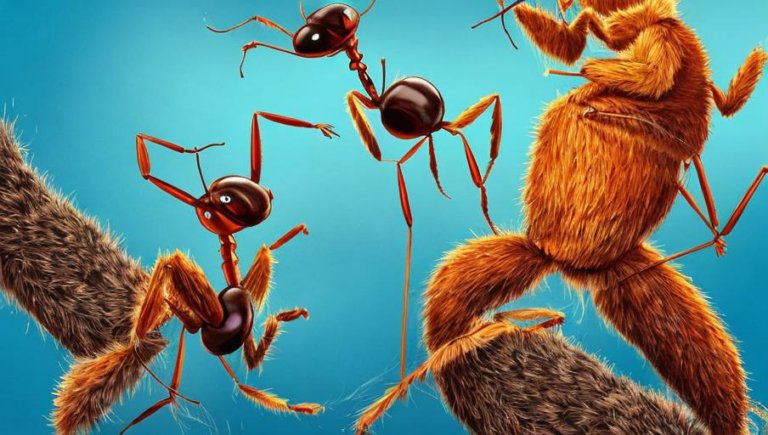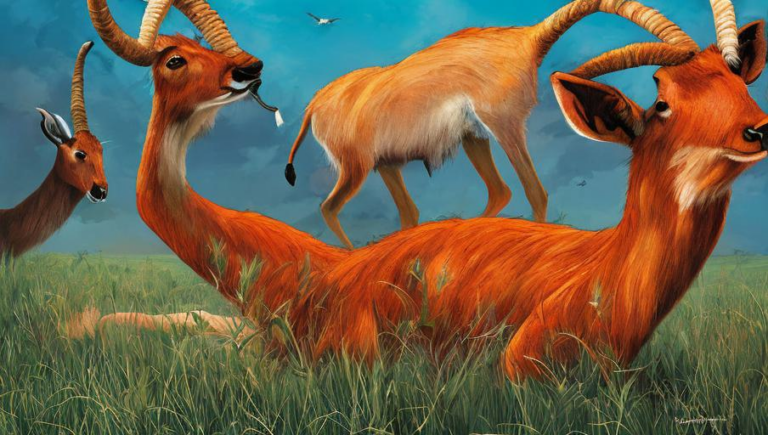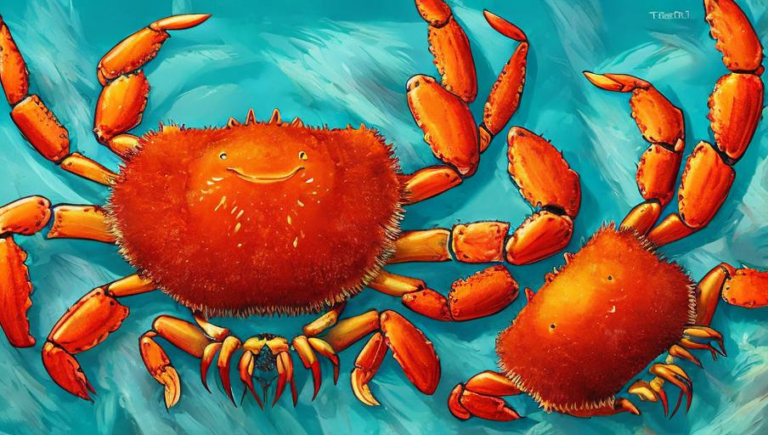Gathering an Understanding of Ants – Their Habits and Social Behavior
Introduction
Ants are one of the most diverse and successful creatures on the planet, found in nearly every corner of the world. These small but hardworking insects are renowned for their complex social structures and their cooperative behavior. From underground colonies to leaf litter, these industrious insects can be found in many different habitats, and their many different behaviors can offer an interesting insight into their lives.
Social Behavior
Ants are well-known for their cooperative behavior and their strong social structures. Ant colonies can have hundreds of thousands of ants, all of which cooperate to ensure the colony’s survival. Ants have a strict hierarchy, with the queen at the top, followed by the workers and the soldiers. Each ant has its own specific role to play in the colony, such as collecting food, building nests, and caring for the young. Ants also have an impressive communication system, using pheromones to communicate with one another and to alert their nestmates of danger.
Feeding Habits
Ants feed on a wide variety of food sources, including nectar, honeydew, small insects, and other organic matter. Foraging ants can travel long distances in search of food, and some species are known to establish trails between the colony and the food source. Ants also collect food for the colony and store it in underground chambers for later use.
Nest Building
Ants build nests in a variety of locations, from underground chambers to tree branches, and even inside walls and furniture. The nests are usually made from mud, sticks, and leaves, and are often covered with a protective layer of soil. Ants are able to build complex structures in their nests, such as galleries and chambers, as well as ventilation systems.
Defensive Strategies
Ants are well-known for their defensive strategies, which can include stinging and biting, as well as releasing pheromones to alert their nestmates of danger. Some species of ants also produce toxic secretions that can repel predators, and some species have even been known to fight off larger animals such as cats and dogs.
Conclusion
Ants are a fascinating species, with complex social structures and behaviors that can offer an interesting insight into their lives. From their feeding habits to their defensive strategies, ants are a unique and intriguing species that have a lot to offer. Although they are small in size, ants have a big impact on the world around them, and their behavior is an important reminder of the importance of conservation and respect for the environment.





